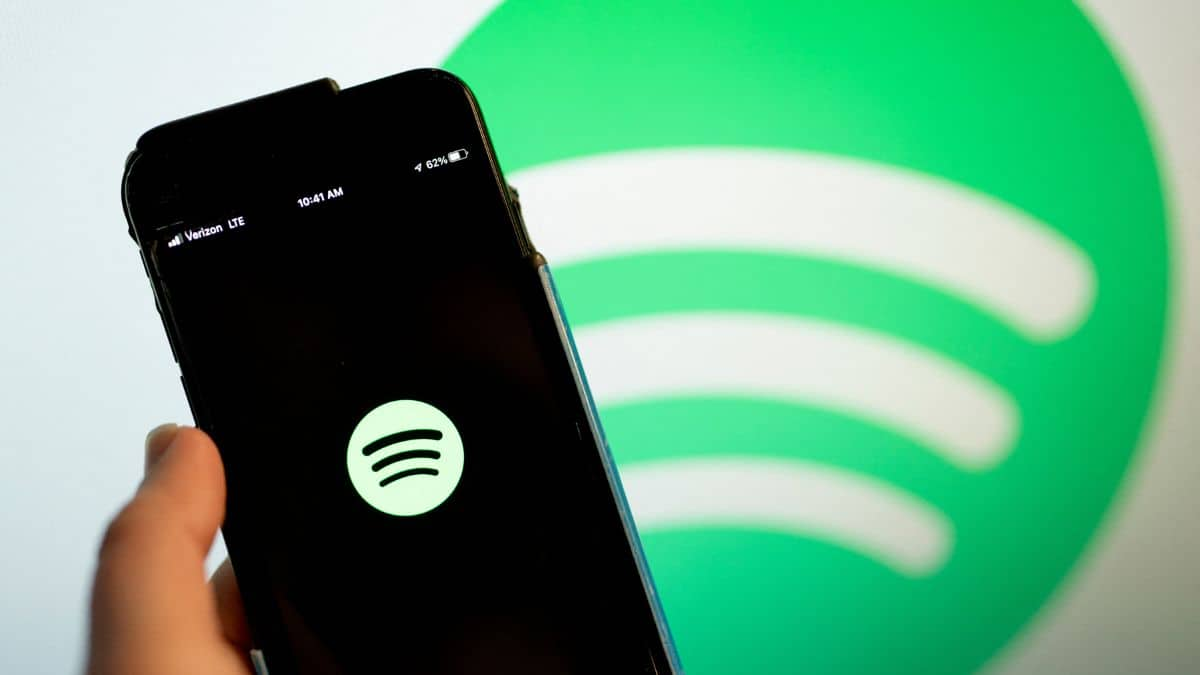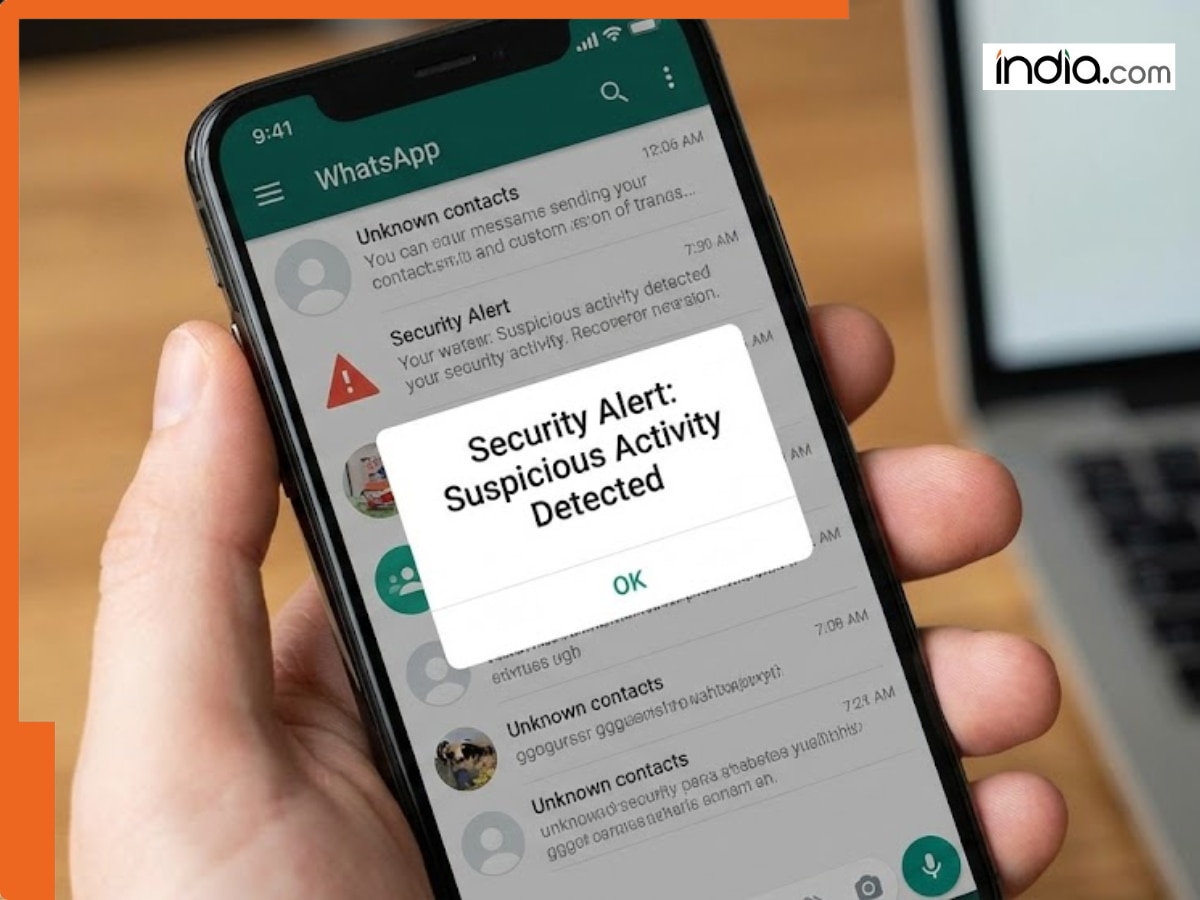Microsoft Teams will tell your boss you’re out of office – New Wi-Fi tracking feature sparks privacy debate
Microsoft Teams will soon know you’re in the office by checking your work Wi-Fi. This helps track hybrid work but makes some people worry about privacy.

Microsoft is working on a feature that will let IT admins know when users are at the office. The feature works by detecting if a user’s device is currently connected to the organization’s Wi-Fi network.
The company’s documentation reveals that there are two detection methods: when a device connects to an organization’s known Wi-Fi network (SSID/BSSID) or when the device is plugged into a configured desk peripheral. When the feature is configured in Teams, once a user’s device connects to a mapped office Wi-Fi network, Teams will automatically update their work location status to “In the Office” (or even to a specific building) instead of requiring manual check-ins and check-outs to be visible to others as present.
The feature could be a boon for organizations that have hybrid workforces. Hybrid or otherwise, not everyone will have to manually check into the office, improving accuracy and visibility of on-site presence. Office space resources could also be better utilised if people can be more accurately located and team members seen as present when working together.
On the other side of the coin, there is a darker side to the push toward the automated tracking of employee presence. The prospect of additional workplace surveillance has been a source of employee concern for several years.
Microsoft’s documentation makes it clear that the feature is off by default and that users’ locations will not be tracked without both administrator configuration and the individual’s consent.
For employees and IT teams alike, that means that transparency and policies will be essential if the feature is to be enabled. Employees will need to understand and agree to the feature, which is expected to be available in the coming months.
Microsoft Teams is said to be on a rollout path to have the feature enabled by December 2025 on a global basis for both Windows and macOS devices.
What's Your Reaction?





















































